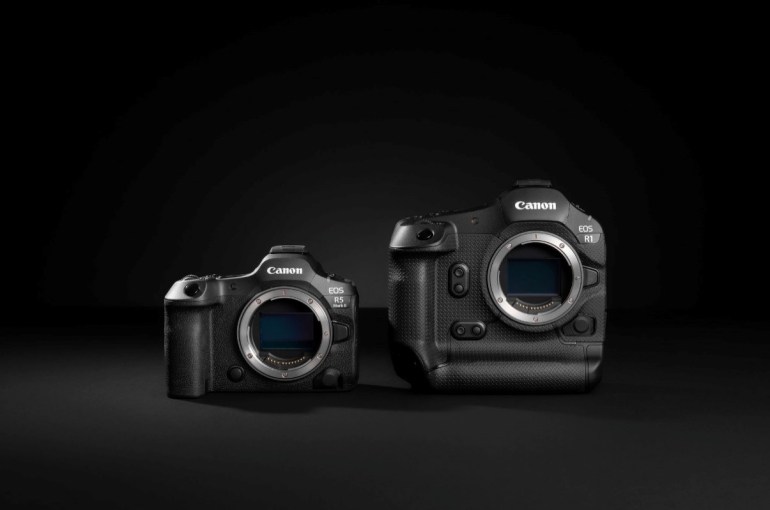Canon Australia has announced the flag bearers for its EOS R System – the EOS R1 and EOS R5 Mark II.
The EOS R1 boasts advanced features that enable news and sports professionals to capture the headline shot, and the EOS R5 Mark II is built for a wide range of hybrid professionals to tackle any creative project.
With the EOS R1 the first camera in the EOS R range within the EOS-1 series and the EOS R5 Mark II succeeding the EOS R5, both cameras are introduced with the new ‘Accelerated Capture’ imaging platform comprised of a new processor – the DIGIC Accelerator – along with the well-known high-performance DIGIC X image processor and newly developed high-speed image sensors featured on both new camera models.
The DIGIC Accelerator is added to support processing large volumes of data, alongside Deep Learning technologies. This combination unlocks higher performance and new features in several areas including autofocus, continuous shooting, and image quality.
The cameras also feature the latest version of Dual Pixel CMOS – Dual Pixel Intelligent AF. This offers multiple enhancements including the ability to more accurately track subjects, by identifying the face and upper bodies of players and avoiding obstacles or other players.
Eye-control AF is offered in both models with improvements over the system found in EOS R3 that include a higher pixel count sensor, enhanced LEDs, a larger eye detection area, and an updated detection algorithm allowing a unique and instinctive way to select a subject to track in a complex scene.
Other features include new high-speed back-illuminated stacked image sensors, resulting in faster shooting speeds and faster sensor readout with a 40 per cent reduction of rolling shutter in the EOS R1 compared to the EOS R3 – putting it on the same level as the mechanical shutter in the EOS-1D X Mark III. With a similar 60 per cent reduction in the EOS R5 Mark II compared to EOS R5, both new models are highly capable of capturing action with high image quality and wide dynamic range.
There is also pre-continuous shooting function offering up to 20 frames (for EOS R1) and 15 frames (for EOS R5 Mark II) to be captured in HEIF/JPEG or RAW format at any frame rate before the shutter is pressed, allowing the key moment to be captured even if it was missed. Both feature large, high brightness and resolution blackout-free viewfinders with the EOS R1 featuring the highest resolution at 9.44M dots and the EOS R5 Mark II offering twice the brightness of the EOS R5.
Thanks to the new imaging platform, the EOS R1 and EOS R5 Mark II benefit from enhanced image quality with Deep Learning, in-camera image upscaling, and noise reduction, providing an additional four times resolution or reduced noise in-camera when using JPEG or HEIF formats.
Both cameras feature up to 8.5 stops of image stabilisation performance in the centre and 7.5 stops at peripheral with effective shooting capabilities, particularly in low light or other difficult conditions.
For videographers, the EOS R1 and EOS R5 Mark II offer video in 12-bit RAW recording internally to the memory card as well as using Cinema EOS Movie Recording formats alongside Canon Log 2 and 3 with proxy video recording that is now fully supported between two cards, and four-channel audio. This takes professional video production to new heights, delivering outstanding quality and creative flexibility. The cameras can record high-resolution stills and Full HD video simultaneously, with the option to record externally via the HDMI type A ports in both cameras.
To support professional workflows, there are multiple routes to image/video destinations for filing news with support for the C2PA content authenticity format or reviewing the first rushes of a film. Industry-standard file naming, separate photo/video folders, and advanced tagging in News ML-G2 standard are also supported. Both cameras support Wi-Fi6E/11ax 6GHz in-body, making them the first EOS series cameras to offer new levels of transfer speed, with the EOS R1 additionally supporting 2.5Gbps Ethernet connectivity and dual-threaded FTP in the body and the EOS R5 Mark II providing 2.5Gbps Ethernet via an optional grip.


